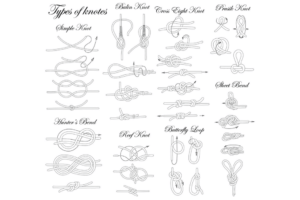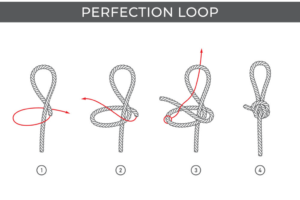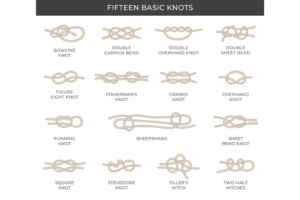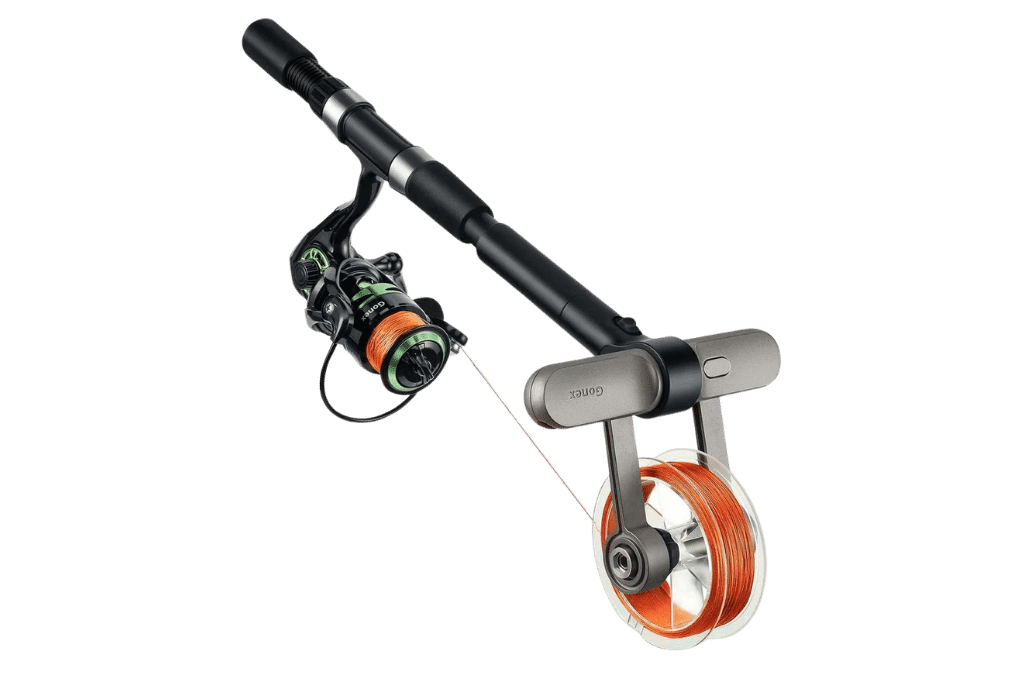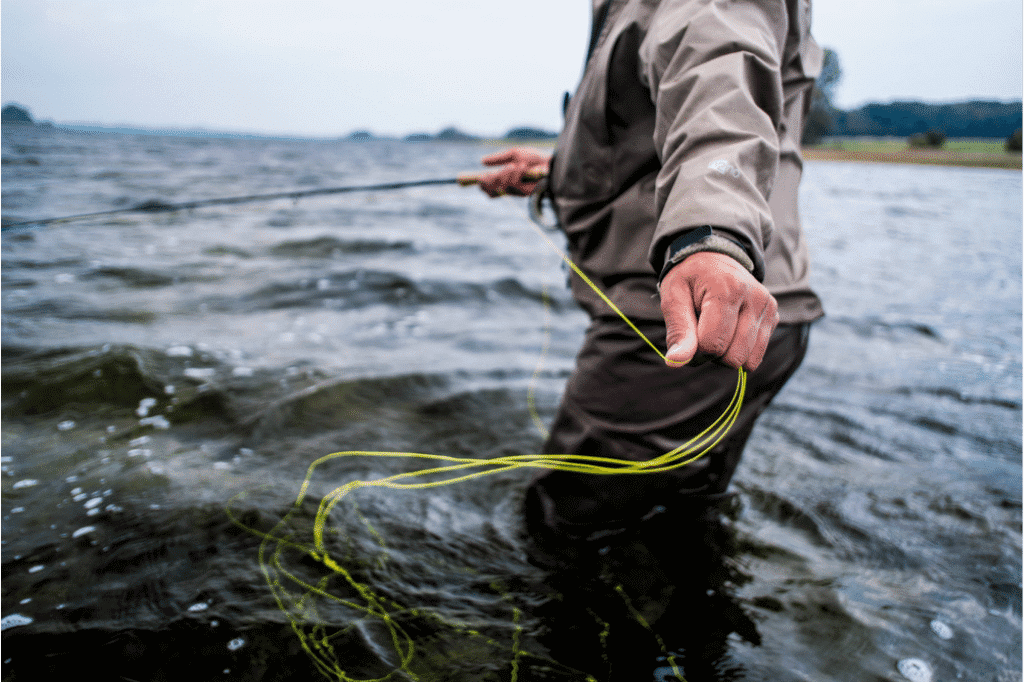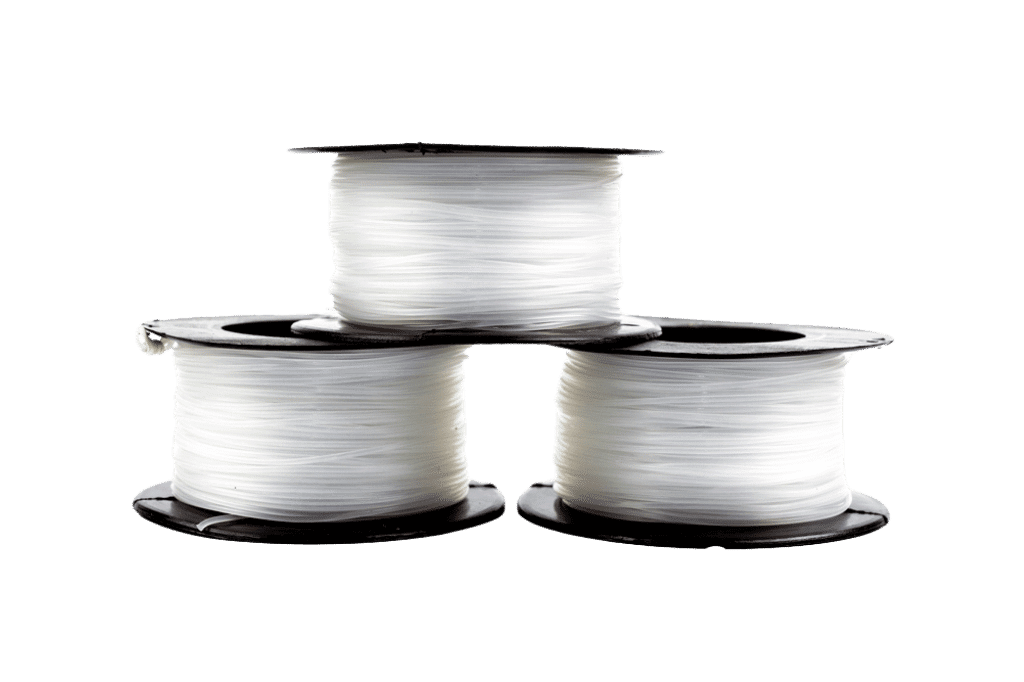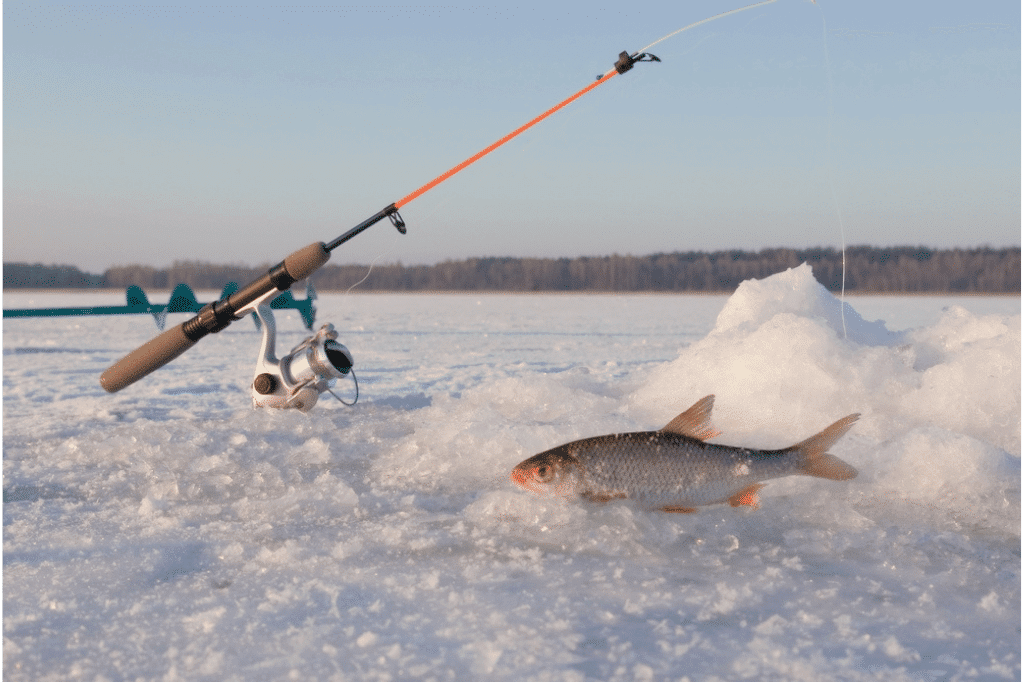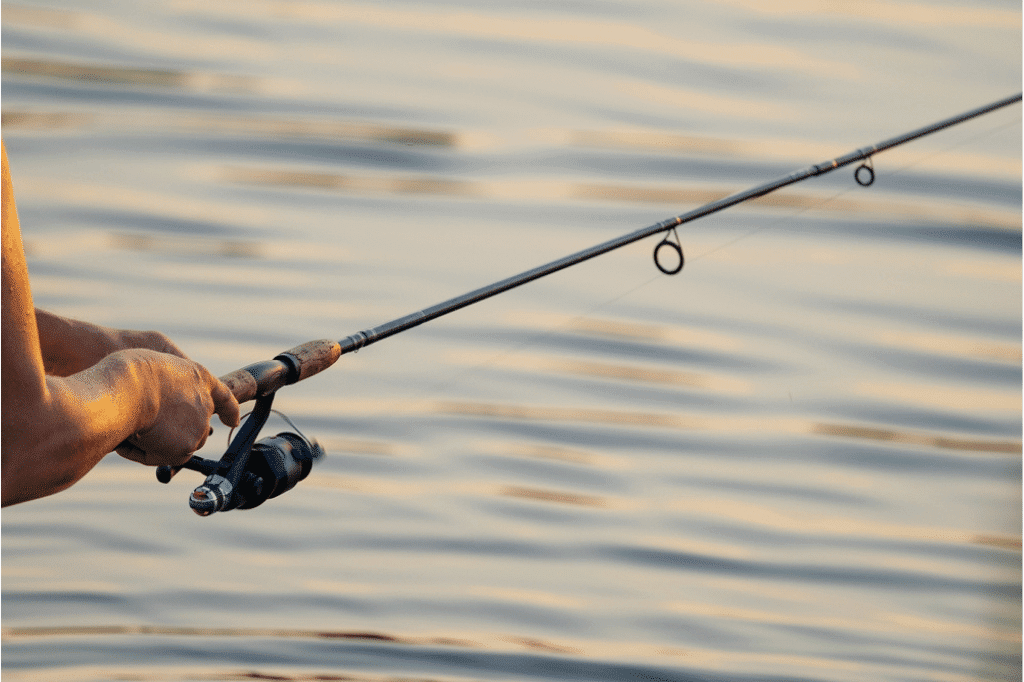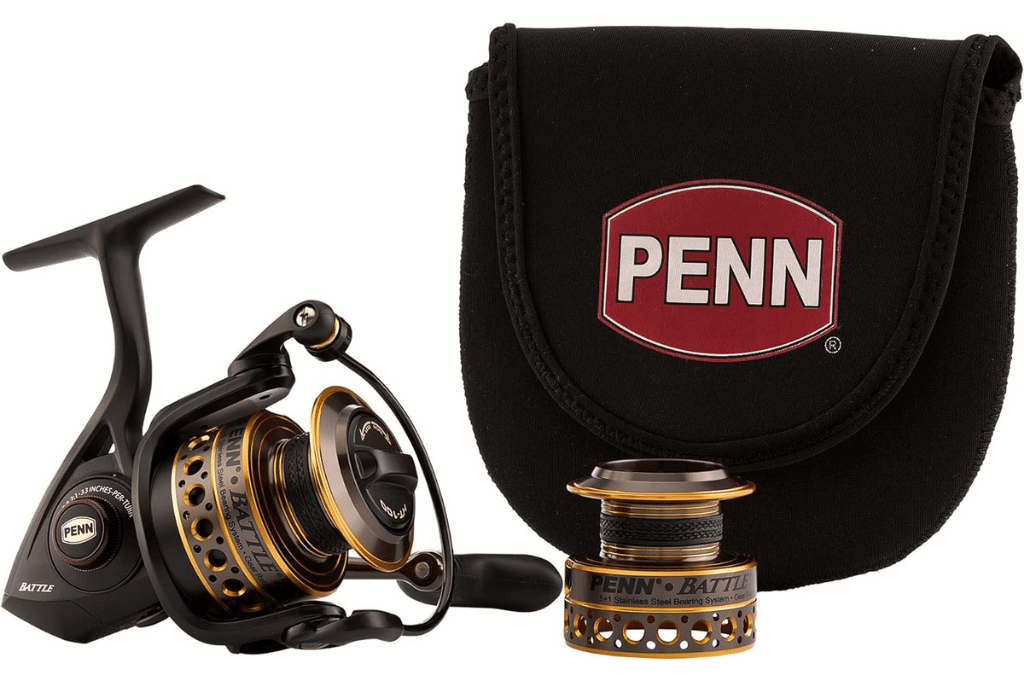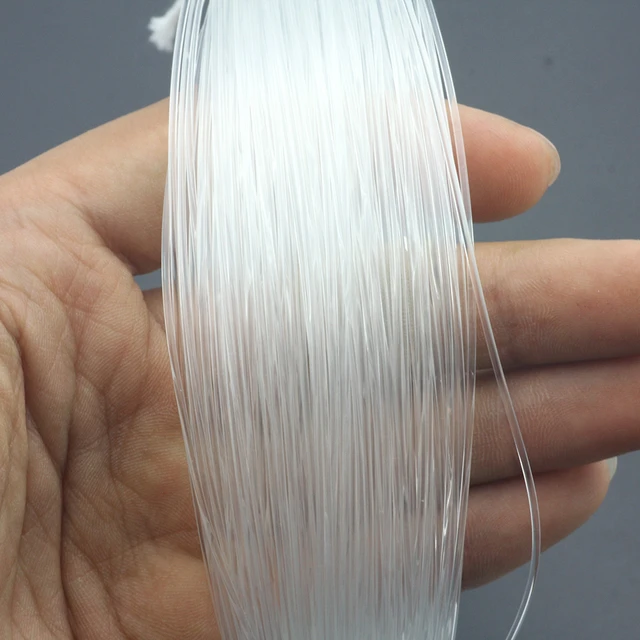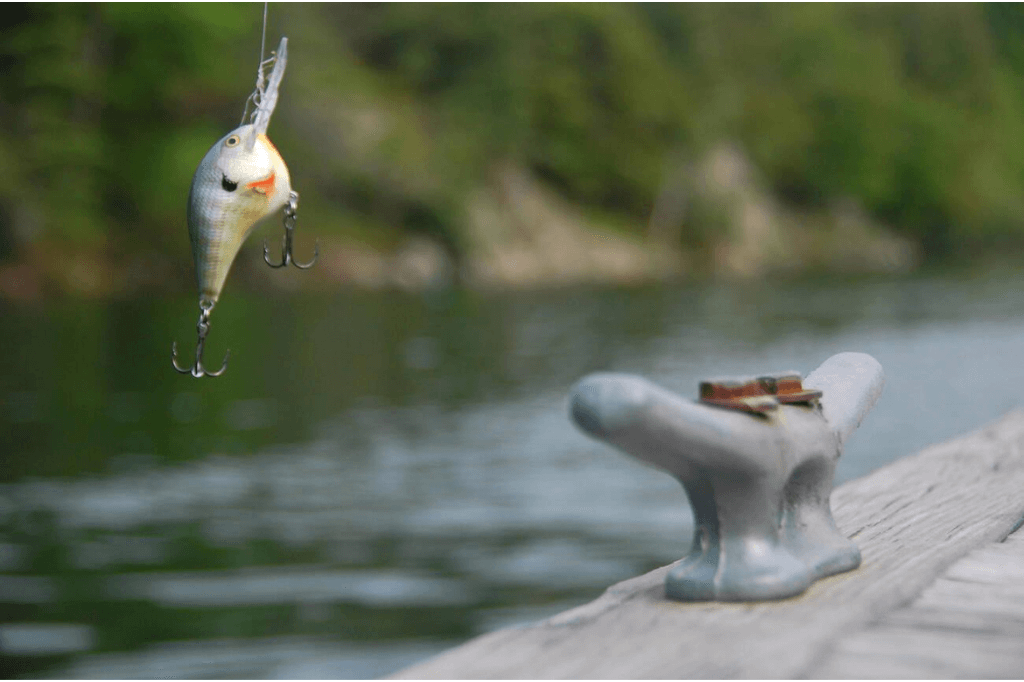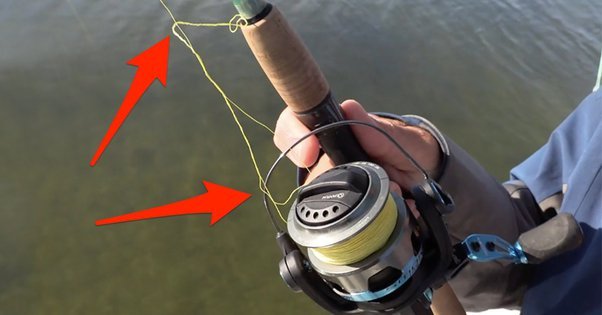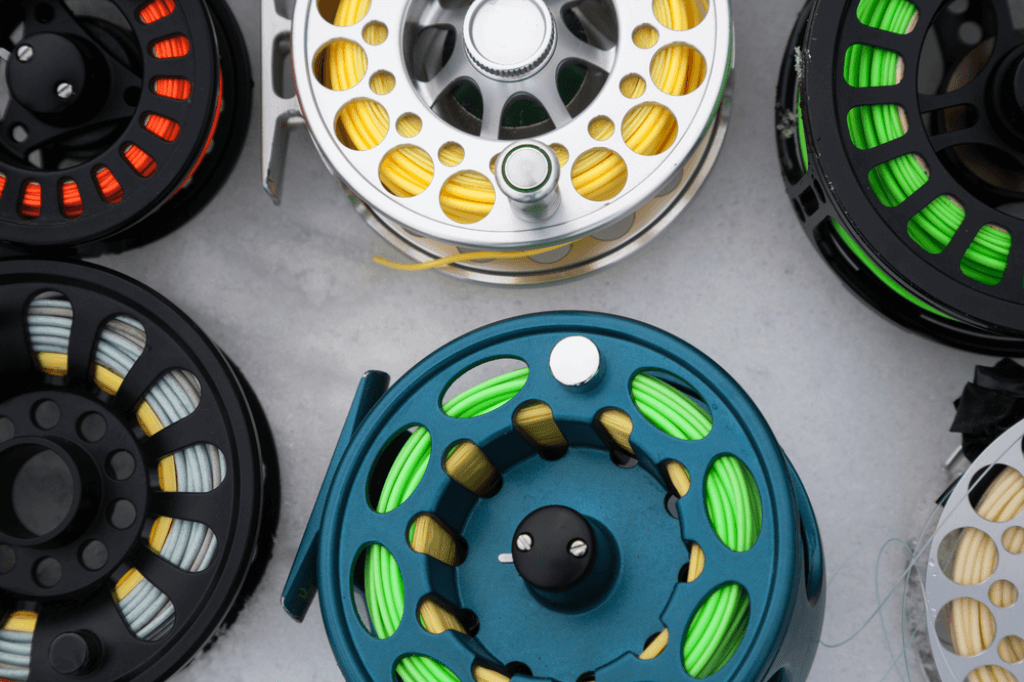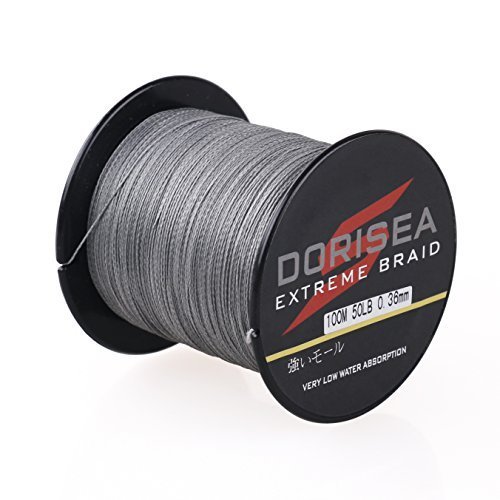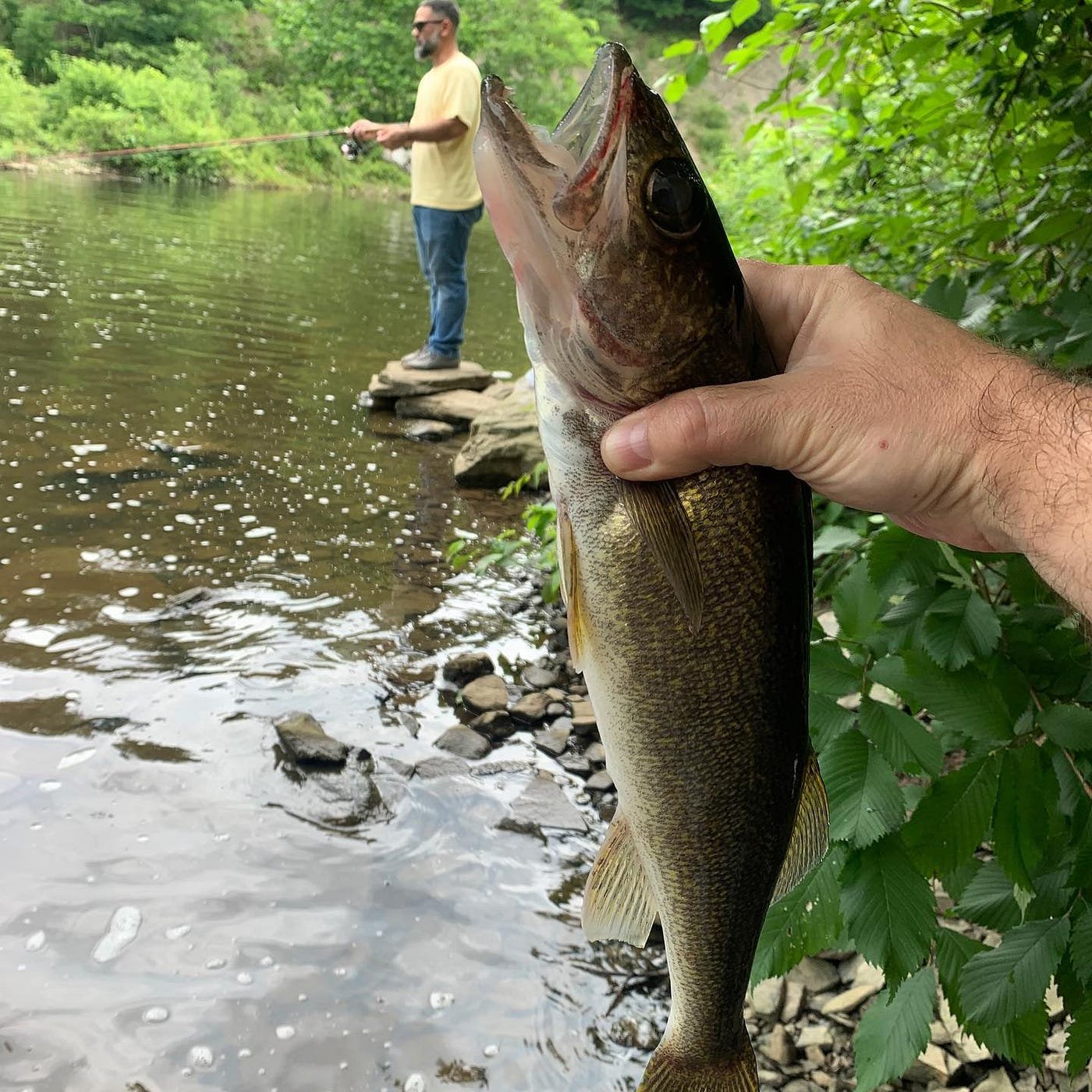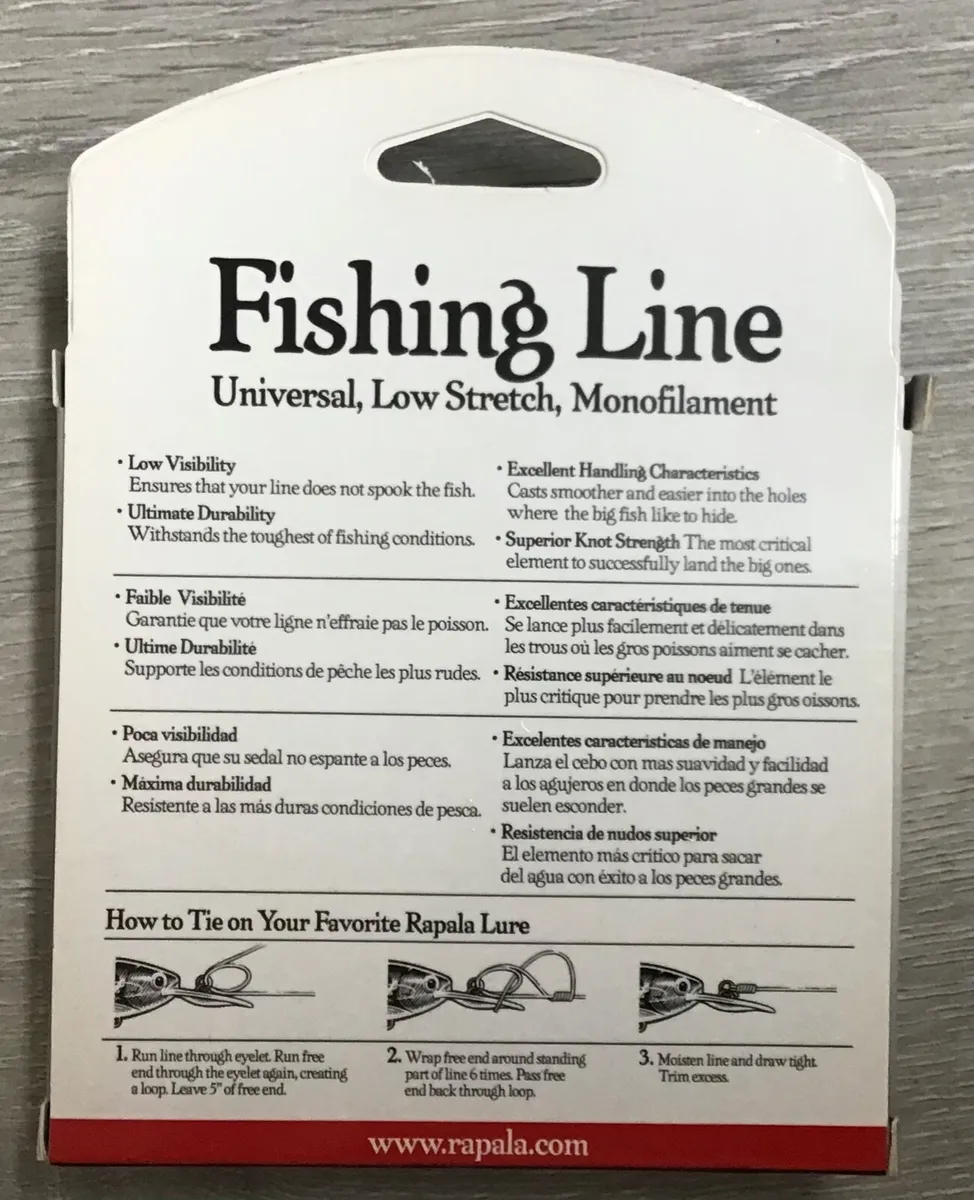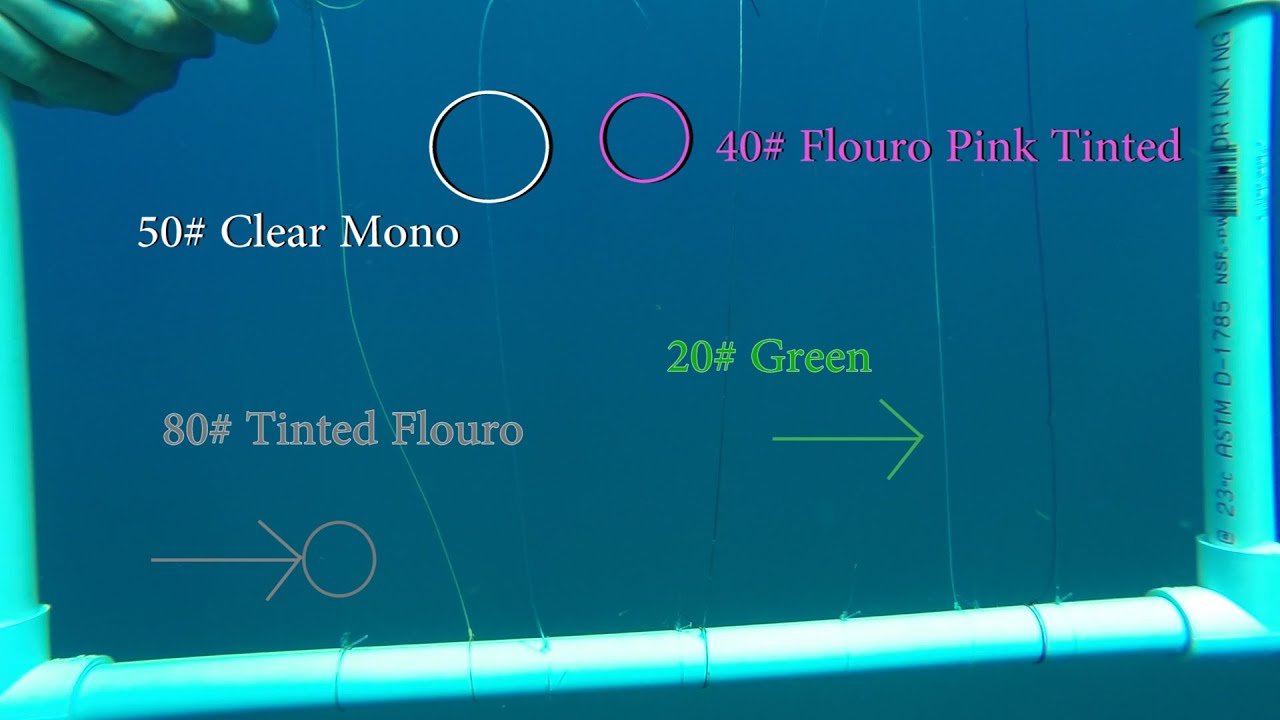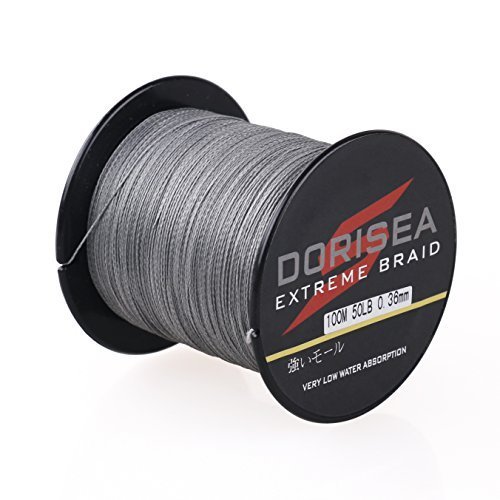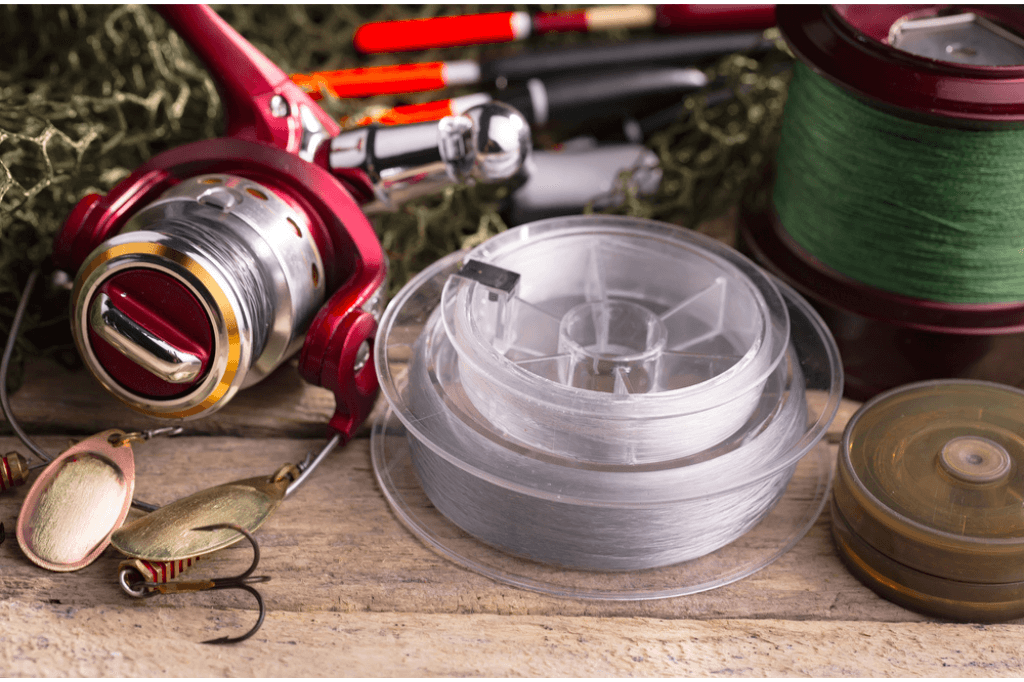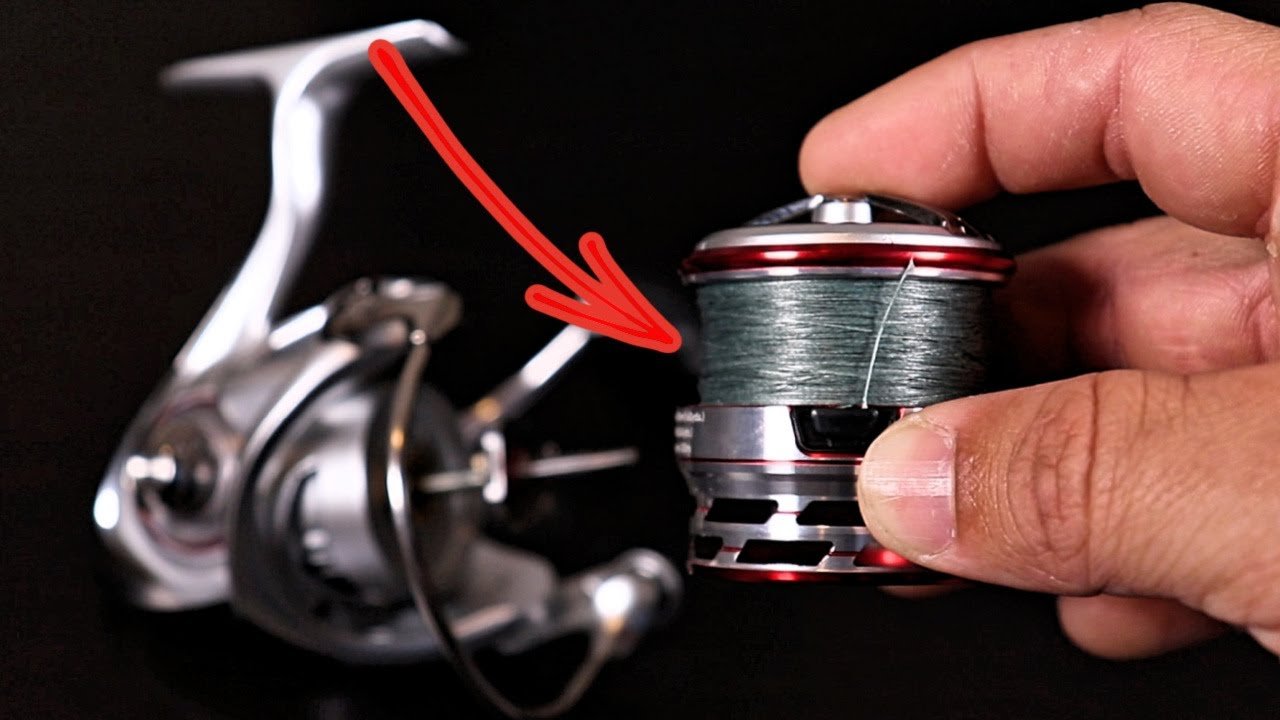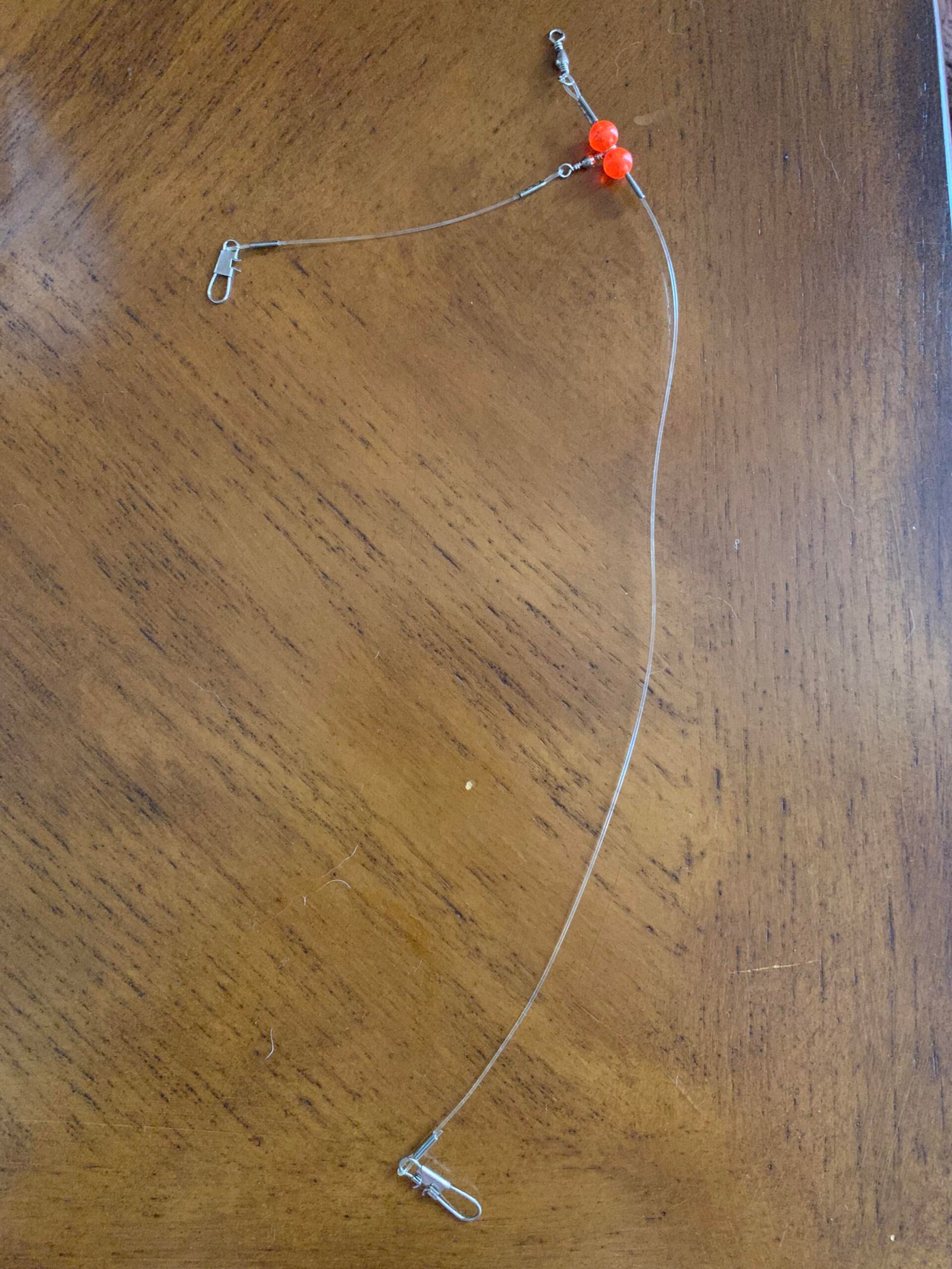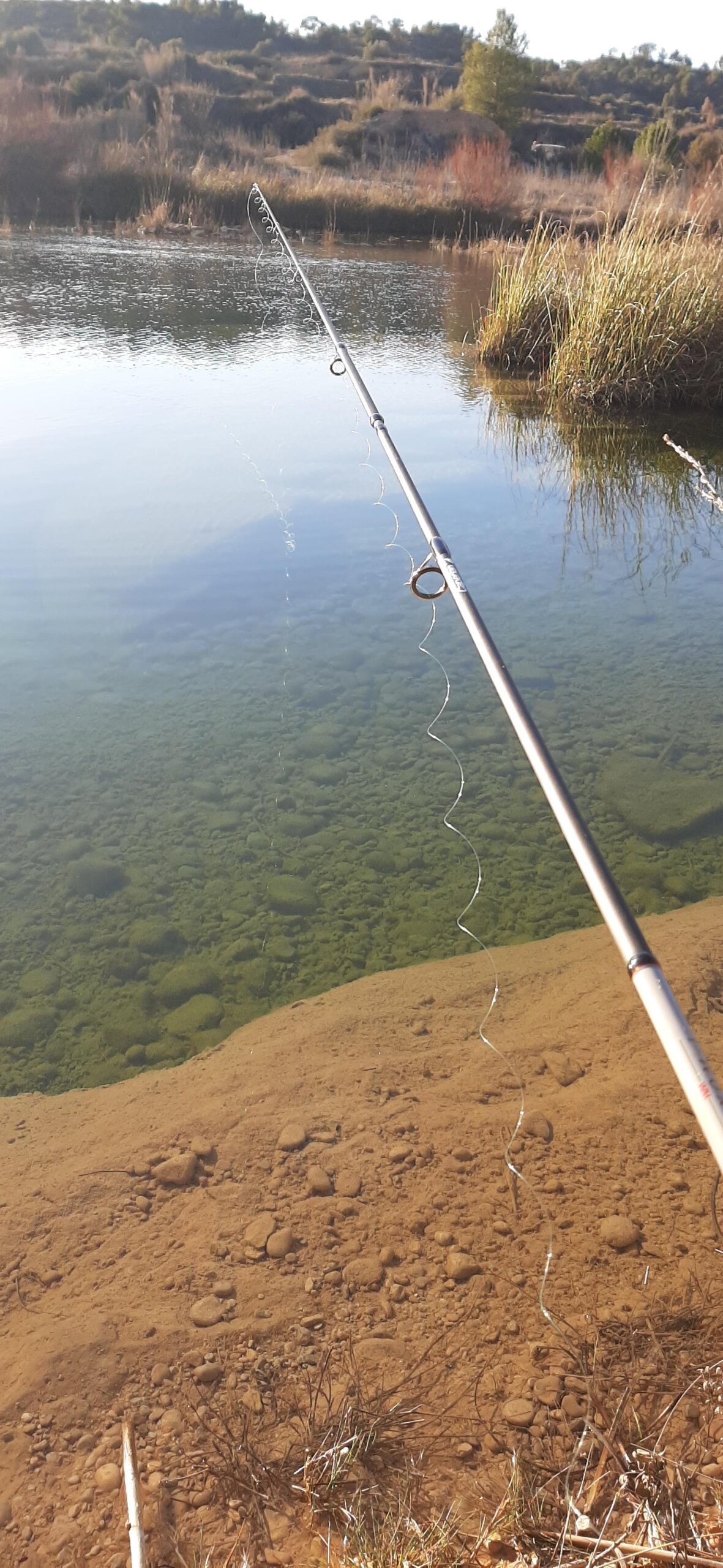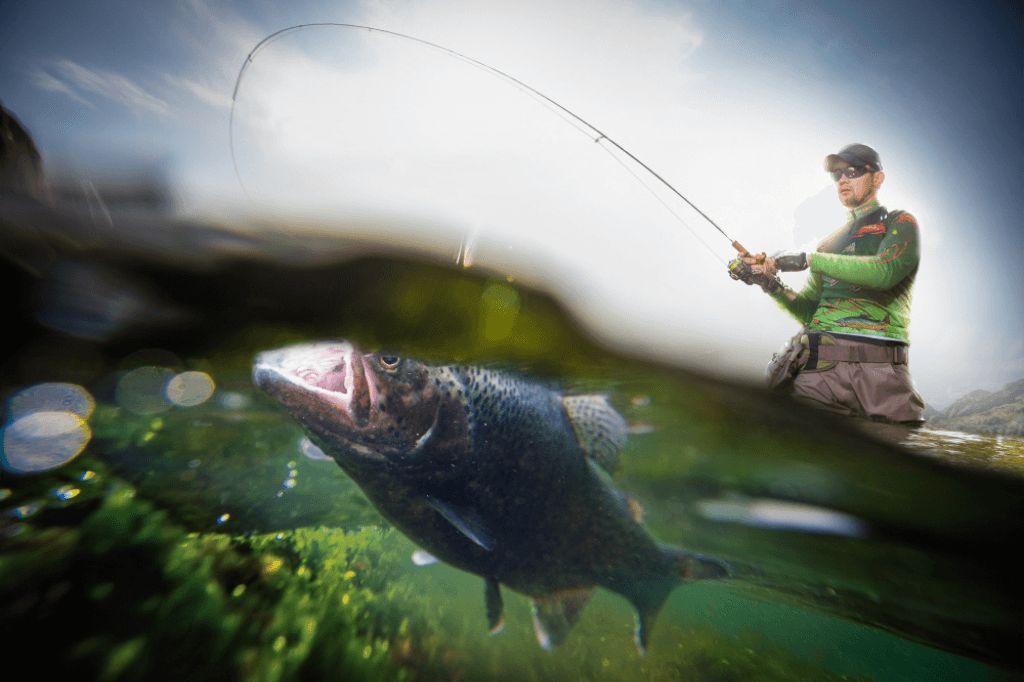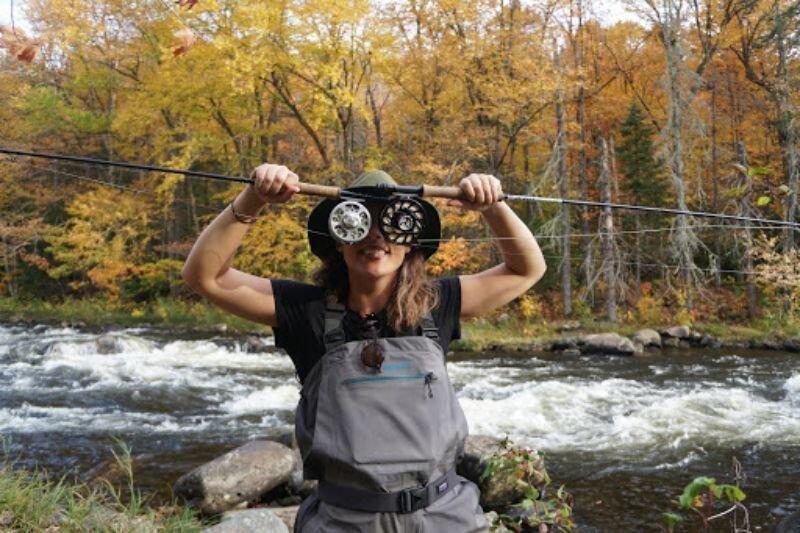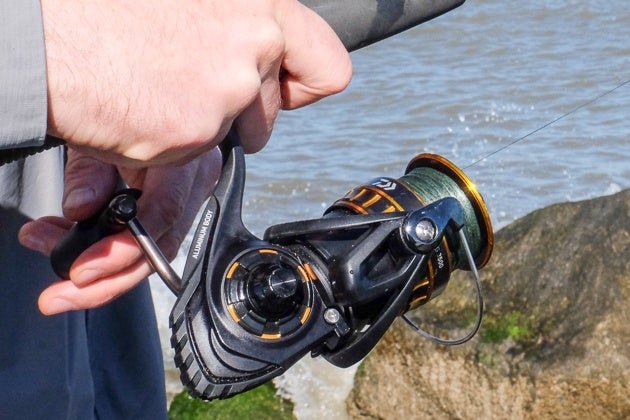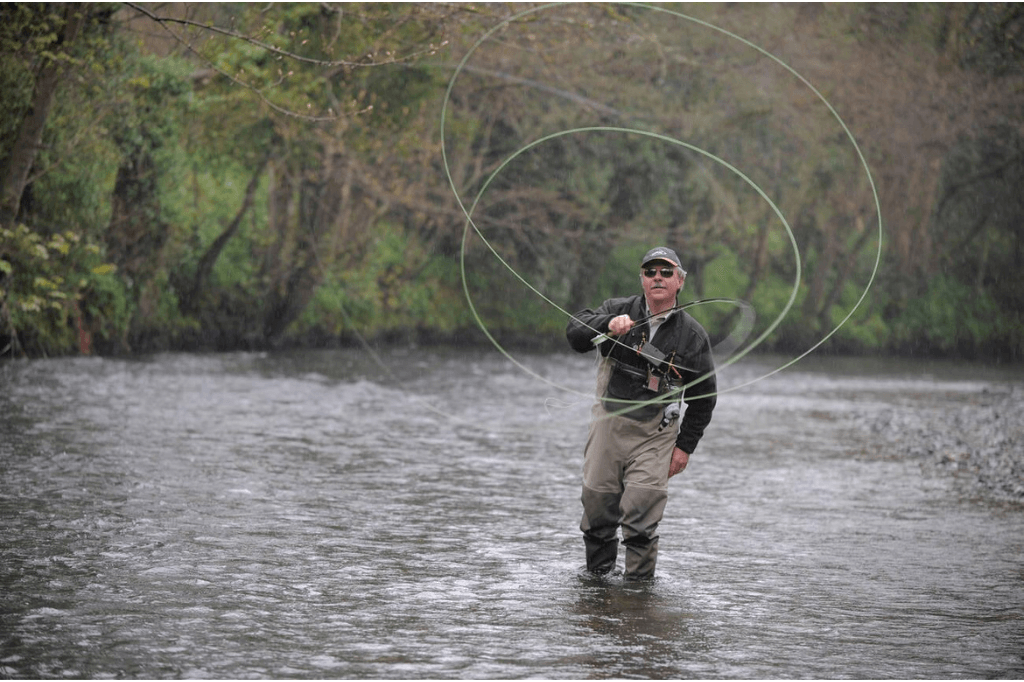Mastering the loop knot is crucial for anyone involved in fishing, climbing, or activities requiring secure rope attachments. This type of knot provides a non-slip loop at the end of a line, making it an indispensable skill for outdoor enthusiasts.
It’s not just about functionality; knowing how to tie a reliable loop knot can also ensure safety in various situations. Whether for setting up a fishing lure for that big catch or attaching gear while scaling a cliff, the loop knot’s versatility makes it a go-to choice. With its straightforward technique, even beginners can quickly learn to tie a loop knot technique, making it a popular choice for various applications.
Introduction To Loop Knot Techniques
Loop knots create a fixed loop at a rope’s end.
They are crucial for tasks where a secure loop is needed.
Importance in Various Fields
Importance In Various Fields
Loop knot techniques serve critical functions across diverse areas:
- Fishing: Attach lures for a better catch.
- Climbing: Secure ropes for safety.
- Camping: Set up tents quickly and efficiently.
Basic Principles of Knot Tying
Basic Principles Of Knot Tying
Understanding knot basics ensures strength and reliability:
- Choose the right rope: Match the rope to the task.
- Keep it neat: Avoid tangles for a strong knot.
- Practice: Skills improve with regular tying.
Material Selection For Knots
Selecting the right material for knot tying is crucial. Different activities require specific rope features. Strength, flexibility, and weather resistance matter. Choose wisely to ensure safety and effectiveness.
Types Of Ropes And Lines
Different tasks call for different types of ropes. Let’s explore some common ones:
- Static Ropes: Ideal for situations where stretch is not desired.
- Dynamic Ropes: These stretch under load, perfect for climbing.
- Braided Ropes: Known for their strong, smooth, and kink-resistant nature.
- Twisted Ropes: Offer good elasticity and are easy to splice.
Pros And Cons Of Synthetic Vs Natural Fibers
Synthetic and natural fibers each have their benefits and drawbacks. Let’s compare:
| Synthetic Fibers | Natural Fibers | |
|---|---|---|
| Strength | Generally stronger | Less strong |
| Durability | Resist wear, UV damage | Can degrade, rot |
| Water Resistance | Repel water, dry quickly | Absorb water, dry slowly |
| Eco-Friendly | Less eco-friendly | Biodegradable, more green |
When choosing a rope, consider these factors. Your choice affects the knot’s performance and the task’s success.
Fundamentals Of Loop Knot Techniques
Loop knots are essential in various applications, from fishing to camping. They create secure, adjustable loops that can attach hooks, lures, or other items. Understanding how to tie a strong, reliable loop knot is crucial for both safety and function.
Characteristics Of A Good Loop Knot
A well-tied loop knot has certain traits:
- Strength: It must hold under tension without slipping.
- Flexibility: The loop should move freely when needed.
- Security: Once set, the knot should stay tied.
- Easy to Untie: A good loop knot comes undone with ease when no longer required.
These characteristics ensure the loop knot performs well under various conditions.
Common Mistakes To Avoid
Watch out for these errors while tying loop knots:
- Over-Tightening: This can weaken the line.
- Using the Wrong Knot: Select a knot suited for the task.
- Not Leaving Enough Tail: This prevents the knot from untying.
- Ignoring Knot Maintenance: Regularly check and re-tie knots as necessary.
Avoiding these mistakes will help maintain the integrity and performance of your loop knots.
Step-by-step Guide To Tying A Basic Loop Knot
Welcome to our simple, step-by-step guide on tying a basic loop knot. Whether you’re a beginner or need a quick refresher, this guide will help you master the loop knot with ease.
Preparing The Line
Before starting, ensure your line is clean and free from tangles. A smooth line is crucial for a secure knot.
- Cut a length of line about 12 inches long.
- Check for any frays or damage.
- Moisten the line slightly to reduce friction.
Tying The Knot
- Make a loop near one end of the line.
- Pass the end of the line through the loop.
- Wrap the end around the standing line five times.
- Pull the end back through the loop.
Securing The Loop
Pull both the standing line and the tag end to tighten the knot. Ensure the coils do not overlap or slip.
| Step | Action |
|---|---|
| 1 | Pull the standing line |
| 2 | Pull the tag end |
| 3 | Trim excess from the tag end |
Test the strength of your knot by gently pulling on the line. A well-tied loop knot will hold firm.
Advanced Loop Knot Techniques
Advanced Loop Knot Techniques are essential for anglers seeking precision and reliability. These methods ensure strong, secure loops. They are perfect for attaching lures, hooks, and other tackle. Mastering these knots can elevate fishing success.
The Perfection Loop
The Perfection Loop creates a clean, strong loop. It’s ideal for quick leader changes. This knot retains nearly 100% of the line’s strength.
- Make a single loop near the end of your line.
- Pass the tag end behind the standing line.
- Form a second smaller loop.
- Bring the tag end through both loops.
- Pull the tag end to tighten and form the perfect loop.
Double Surgeon’s Loop
The Double Surgeon’s Loop is easy yet strong. It works well with heavy lines and for fly-fishing applications.
- Double the line to form a loop.
- Make an overhand knot with the loop.
- Pass the loop through the overhand knot again.
- Moisten the knot and pull both ends to tighten.
Non-slip Mono Loop
The Non-Slip Mono Loop is the go-to for larger fish. It allows lures to move freely, mimicking live bait.
- Make an overhand knot with a loop.
- Pass the tag end through the eyelet and back through the loop.
- Wrap the tag end around the standing line five times.
- Thread the tag end back through the overhand knot.
- Moisten and pull the tag end to tighten the knot.
Practical Applications Of Loop Knot Techniques
Loop knot techniques play a critical role in various activities. Their unique structure provides a fixed loop that is essential in many practical situations. Let’s dive into some of the most common applications.
Fishing
- Secure Lures: A loop knot ensures lures move freely, mimicking live bait.
- Adjustable Slips: Anglers can easily change the loop size for different fishing tactics.
- Strong Connection: These knots maintain strength, keeping the catch on the line.
Climbing
- Anchor Points: Climbers rely on loop knots for safe anchoring to rock surfaces.
- Rescue Operations: Knots create loops for securing gear or hoisting during rescues.
- Equipment Attachments: Loop knot techniques provide a quick way to attach gear to harnesses.
Sailing
| Application | Benefits |
|---|---|
| Docking Lines: | A fixed loop can easily attach to a dock or post. |
| Sail Adjustment: | Loop knot techniques allow for quick changes in sail tension. |
| Securing Equipment: | Essential for keeping items stable on a moving vessel. |
Whether for fishing, climbing, or sailing, mastering loop knot techniques is invaluable. These applications show just how versatile and essential a well-tied loop can be.
Strength And Safety Considerations
Strength and Safety Considerations are crucial in assessing loop knots. These knots must hold securely under strain and release easily when needed. Understanding their strength and when to replace your line is key to maintaining safety and effectiveness in various applications.
Testing Knot Strength
To ensure reliability, testing the strength of loop knots is essential. Different knots have varying strengths, and choosing the right one can make a significant difference. Here are some common tests:
- Pull Test: Apply force at both ends of the knot to simulate strain.
- Loop Test: Focus force on the loop to check for slippage or breakage.
- Environmental Test: Examine how well the knot holds up under various weather conditions.
These tests help identify the most durable and reliable knots for specific needs.
When To Replace Your Line
Regular inspection and replacement of your line are important to maintain knot integrity. Look for these signs:
- Visible Wear: Fraying or discoloration indicates weakness.
- Reduced Flexibility: Stiffness in the line can lead to failures.
- Knot Slippage: Frequent slippages suggest the line may be worn out.
Replace your line immediately if you notice any of these issues to ensure maximum safety and performance.

Tips For Mastering Knot Tying
Mastering the art of knot tying is a skill that benefits outdoor enthusiasts, sailors, and crafters alike. The loop knot, a versatile and strong choice, can be tricky to perfect. Follow these tips to elevate your knot-tying abilities to a new level.
Practice Routines
Consistent practice is key to mastering any skill, especially knot tying. To get started:
- Set aside time each day for practice.
- Begin with simple knots before progressing to more complex ones like the loop knot.
- Use different materials and rope thicknesses to build versatility.
Keep a practice rope handy. This ensures you can practice whenever you have a free moment.
Learning From Common Errors
Understanding and correcting mistakes is vital. Common issues include:
| Error | Correction |
|---|---|
| Loose loops | Tighten evenly, maintain tension |
| Unbalanced knots | Check symmetry as you tie |
| Slipping knots | Choose the right rope texture |
Record your practice sessions. Reviewing them can highlight errors you might miss in the moment.
Resources For Further Learning
To enhance your knot-tying skills, consider these resources:
- Knot-tying books with step-by-step illustrations.
- Online tutorials offer visual and interactive guidance.
- Join knot-tying workshops or groups to learn with others.
Keep a knot-tying journal. Note down new knots you learn, and track your progress over time.
Frequently Asked Questions
What Is The Best Knot For A Loop?
The Bowline knot is renowned for creating a secure loop and is widely considered the best choice for its strength and reliability.
When Not To Use A Loop Knot?
Avoid using a loop knot techniques for high-stress situations where a strong, secure connection is crucial, such as heavy lifting or climbing.
How Do You Tie A Perfect Loop Knot?
To tie a perfect loop knot, start by making a loop near the end of your line. Pass the end through the loop, wrap it around the standing line five times, then thread it back through the initial loop. Pull tight to secure the knot.
What Is A Loop Knot That Gets Tighter As You Pull?
A loop knot that tightens upon pulling is known as a slip knot. It’s commonly used for securing loads and in fishing.
Conclusion
Mastering the loop knot is essential for various practical applications, from fishing to camping. This skill enhances safety and efficiency in outdoor adventures. Practice regularly to perfect your technique and ensure reliability when it matters most. Remember, a well-tied knot is the cornerstone of many successful endeavors in the great outdoors.


